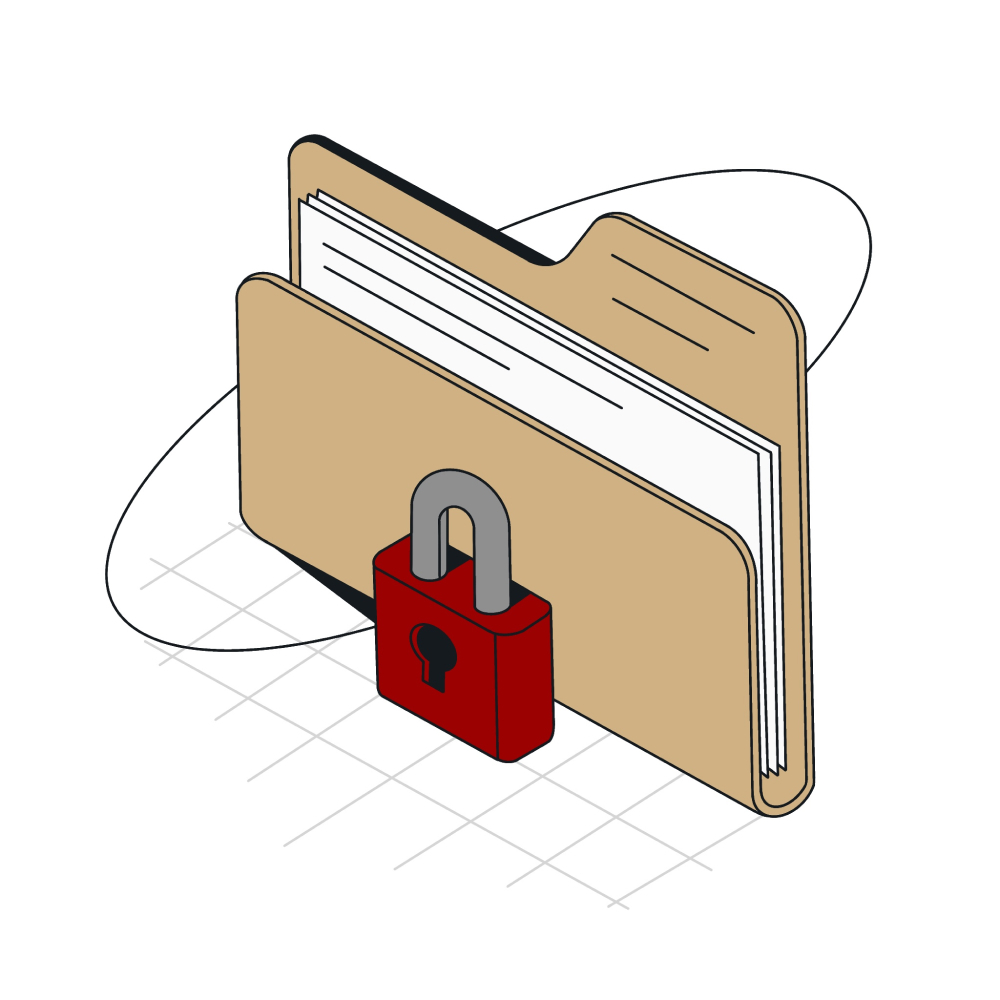I have applied for a protection order – now what?

Applied for a protection order? Understand the next steps from attending court hearings to safety planning. Learn how to prepare and the importance of legal advice in navigating this challenging time
If you have taken the courageous step of applying for a protection order, it is important to know what to expect next. Protection orders, also known as Domestic Violence Orders (DVOs), are legal documents aimed at safeguarding individuals from domestic violence or abusive behaviour. While the process can seem overwhelming, understanding what comes next can help ease some of the stress. Here is a simple guide to help you navigate the next steps:
-
Review Your Application
After submitting your application for a protection order, take some time to review the information you provided. Ensure all details are accurate and comprehensive. This includes describing incidents of violence or intimidation in as much detail as possible. -
Attend Court Hearings
Depending on the urgency and circumstances of your situation, a court hearing will be scheduled. It is essential to attend these hearings. This is your opportunity to present your case before a magistrate and provide evidence supporting your application. -
Prepare Your Evidence
Gather any evidence that supports your application, such as medical records, photos of injuries or damages, witness statements, and any communication or documentation related to the abuse. Organise these documents and bring them with you to court. -
Seek Legal Advice
If you haven’t already done so, consider seeking legal advice. Our lawyers experienced in domestic violence matters can provide valuable guidance, help you understand your rights, and represent you in court if necessary. -
Safety Planning
While the legal process is underway, prioritise your safety and that of any dependants. Develop a safety plan in case the situation escalates. This may include having a safe place to stay, informing trusted friends or family members of your situation, and keeping important documents and belongings accessible. -
Follow Court Orders
If the court grants the protection order, ensure you understand its conditions and abide by them. These may include restrictions on contacting the protected person, staying away from certain locations, or attending counselling or intervention programmes. -
Keep Records
Maintain a record of any violations of the protection order or instances of continued abuse. This documentation can be crucial in seeking enforcement or modifications to the order if necessary. -
Review Your Options
As time goes on, periodically review your situation and assess whether additional legal steps are necessary. This could involve seeking an extension or variation of the protection order, exploring family law matters such as custody arrangements, or accessing financial support. -
Take Care of Yourself
Lastly, prioritise self-care throughout this process. Dealing with domestic violence and navigating the legal system can be emotionally and mentally taxing. Lean on your support network, practise self-compassion, and seek professional help if needed.
Remember, applying for a protection order is an important step towards reclaiming your safety and well-being. While the journey may be challenging, know that you are not alone, and there are resources and support available to help you through this difficult time. Stay strong, stay safe, and do not hesitate to contact us if you have any questions.
Tags:
Related articles
Blog: Understanding Domestic Violence in Australia
Domestic and family violence extends beyond physical harm; it is a repeated pattern of behavior where one person in a relationship makes the other feel unsafe. This can happen in any relationship, not just with intimate partners.
Blog: What to do when a parent takes a child without permission and won’t return them. Child Recovery Orders.
Child Recovery Orders: What you can do if a parent abducts your child. If your child has been taken by a parent without your consent and is not being returned, there are both legal and non-legal avenues you can explore.
Blog: How to prepare to leave a relationship of domestic violence
Essential steps to prepare for leaving a domestic violence relationship
Blog: A comprehensive guide to domestic violence orders (DVOs)
Understanding the process and importance of Domestic Violence Orders (DVOs)
Book free consultation
Leave your contacts and our manager will contact you and advise you on our legal services options.

